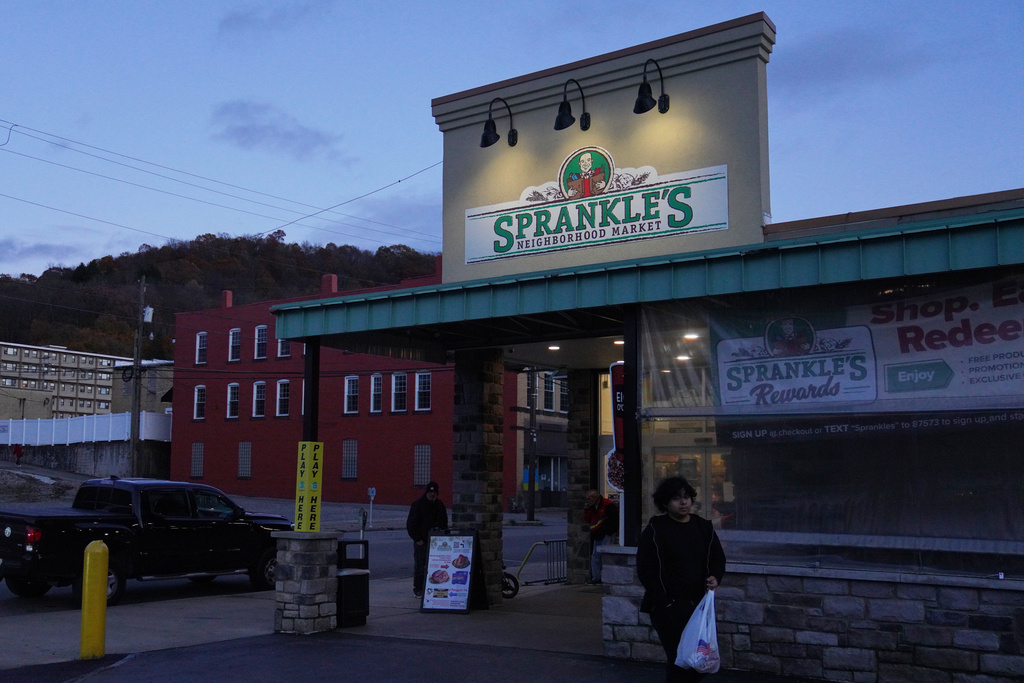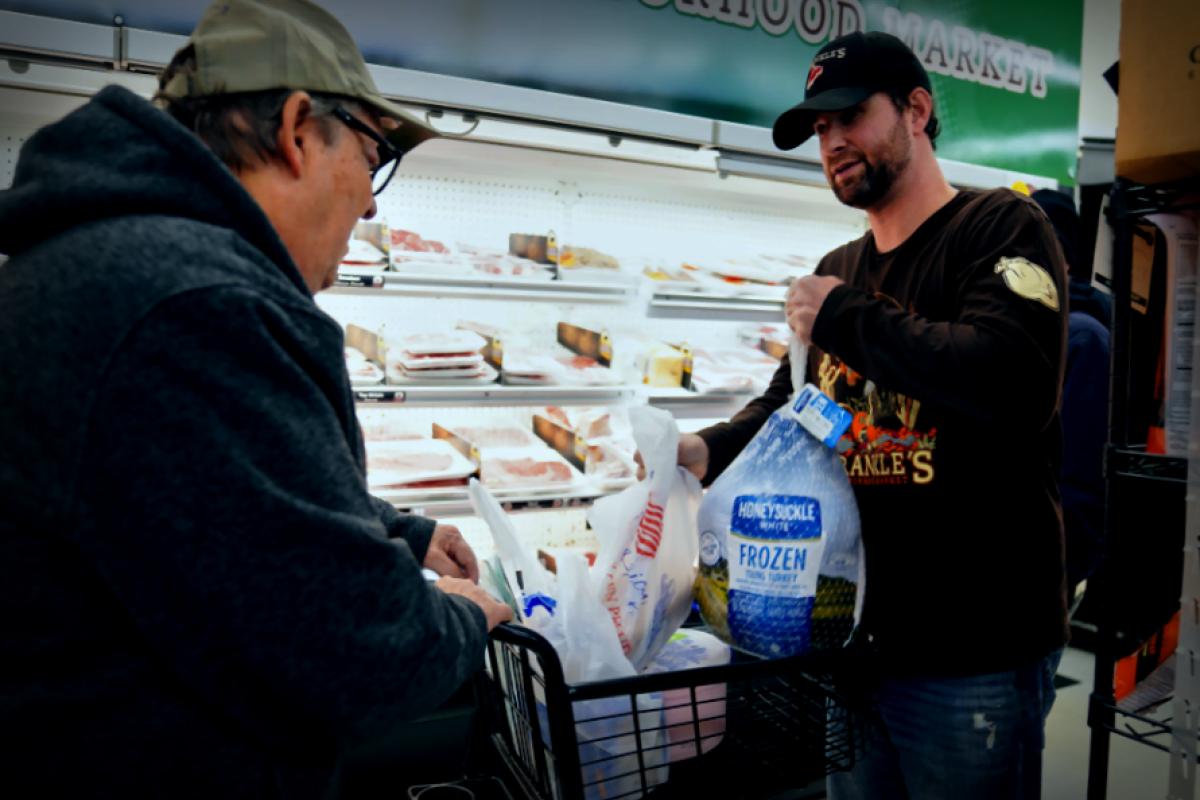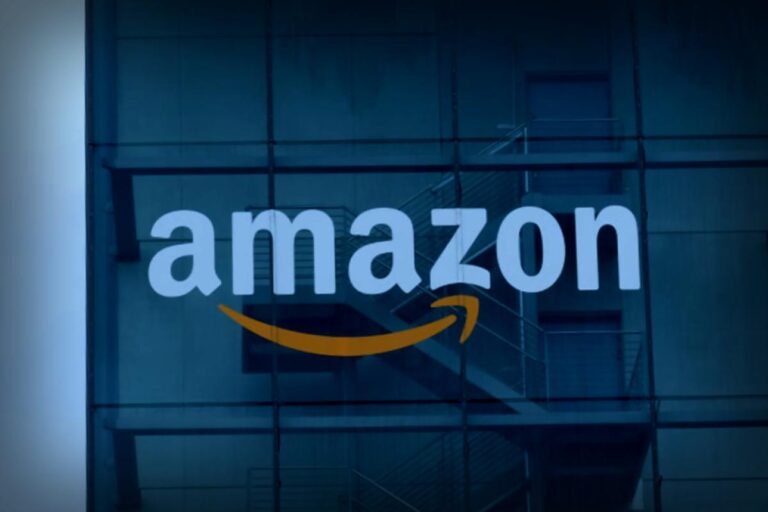Last year, Ryan Sprankle had President Donald Trump stop by one of his family-run grocery stores near Pittsburgh during the campaign. They discussed rising grocery prices while Trump picked up a bag of popcorn. But if Trump were to drop by again today, Sprankle’s message would be quite different.

Sprankle now wants lawmakers to understand that the delay in SNAP benefits from the recent government shutdown has hit his customers hard and negatively affected his independently-run chain. Sprankle expressed his frustration, saying, “You can’t take away from the most needy people in the country. It’s inhumane. It’s a lack of empathy, and it’s on all their hands.”
In late October, the Trump administration stopped funding for the Supplemental Nutrition Assistance Program, putting food access at risk for over 42 million Americans. Recently, the U.S. Senate approved a bill aimed at reopening the federal government and replenishing the depleted SNAP funds, but it still needs the House’s green light. When assistance payments might restart remains unclear.

According to the U.S. Department of Agriculture, in 2024 SNAP participants used over $96 billion in benefits. Of that, a whopping 74% went to superstores and supermarkets (like Walmart and Kroger), but some went to smaller operations, including Sprankle’s stores.
Smaller grocery and convenience stores saw about 14% of that total, catering to local neighborhoods and making shopping easier for SNAP beneficiaries.
SNAP: An Economic Backbone
Etharin Cousin, a previous director at the United Nations World Food Program, pointed out that cutting off SNAP benefits impacts grocers and convenience stores that often run on razor-thin profit margins of 1% to 2%. She states, “SNAP isn’t just a safety net; it acts as a local economic engine. SNAP funds go right back into communities, impacting stores and jobs locally.”
While major retailers like Walmart and Kroger didn’t comment directly on the funding issues, Walmart mentioned reducing prices and contributing to food banks. Sprankle noted that the cessation of assistance profoundly affects smaller chains, highlighting that his Kittanning store relies on SNAP for 25% of its revenue. Even customers who don’t rely on government assistance are concerned and are reducing spending at his store.
The impact of reduced sales isn’t just financial; it affects his ability to provide overtime for the 140 staff members. Many are anxious about job security, and Sprankle emphasized, “They have families to feed, and kids to buy gifts for. If I have to sell my truck, we’ll still find a way to reward our employees with Christmas bonuses.”
In Chicago, Liz Abunaw, who launched her Forty Acres Fresh Market this September after years of selling produce, witnessed the challenging situation firsthand when a customer returned a fully loaded cart of groceries because they couldn’t afford it without SNAP benefits.
Currently, only around 12% of Abunaw’s revenue comes from SNAP, but she’s acutely aware that any significant reduction would stall the growth of her business and make it harder to sustain payments to employees, vendors, and local farmers. “SNAP is like currency; I use it to fuel the economy. It’s more than just providing food,” Abunaw remarked.
The Ripple Effect on Neighborhoods
The suspension of food aid has also impacted nonprofit Kanbe’s Markets, which promotes healthy produce in over 110 convenience stores in Kansas City, Missouri. Maxfield Kaniger, the founder, noted that some participating stores experienced a 10% dip in sales after the SNAP benefits were intercepted on November 1. Demand from food pantries also surged, doubling or tripling their usual requirements.
Due to increased needs, Kanbe’s faces higher costs to procure produce for the coolers it distributes while making swift decisions before perishables spoil. Kaniger expressed his frustration, saying, “It’s tragic enough that people lack food. That’s unacceptable.&#”;
In the Kansas City area, Babir Sultan operates four FavTrip convenience stores that provide fresh produce in food deserts. He experienced an 8% to 10% decrease in foot traffic after the SNAP suspension. In response, he began offering $10 worth of free produce to those on SNAP, expressing goodwill toward all customers facing difficulties. “If you need help, just ask. We want to support you,” Sultan added, reinforcing that everyone feels the impact when customers tighten their belts.
___
This report includes contributions from Associated Press data journalist Kasturi Pananjady in Philadelphia and Durbin reporting from Detroit.



















